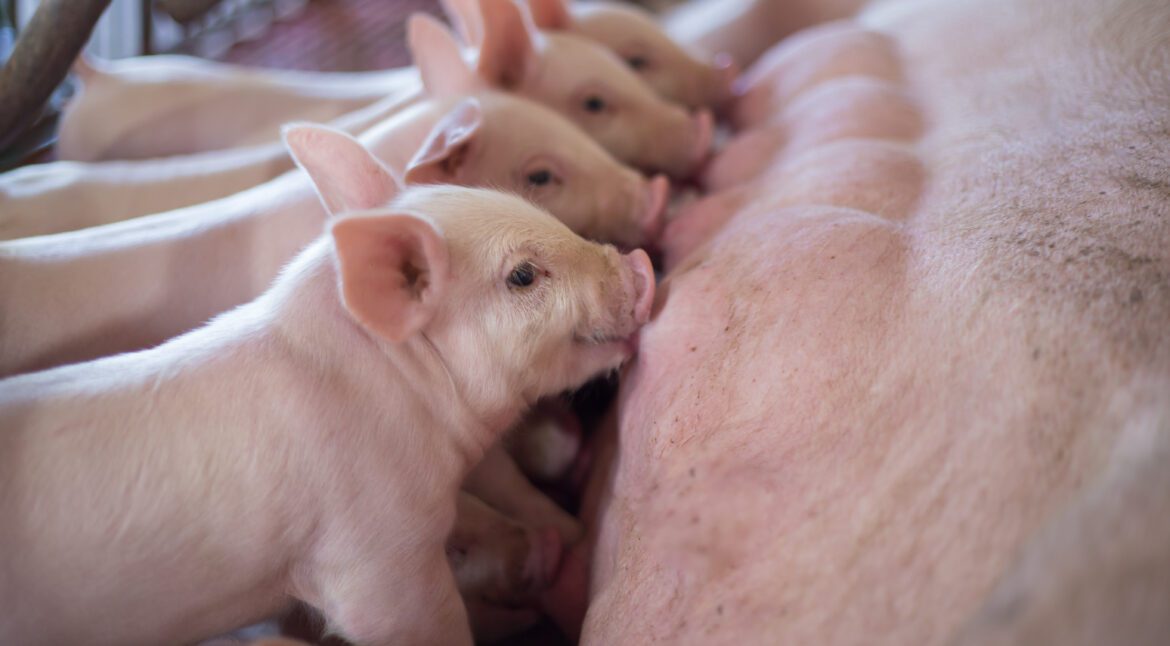RESUMEN:
Sow feed intake during lactation is crucial to the maintenance of sow body condition, milk production, and litter performance. Loss of body weight or condition during this time could compromise future reproductive performance. Two groups (n = 52 total) of breeding age gilts and sows were used to evaluate whether a sensory additive would improve intake during the lactation period. Gilts/Sows were weighed, and back fat depth was measured, at 110 d of gestation prior to entering the lactation room, and again at weaning. The sows were sorted by parity and then allotted by BW at d 110 to Control or 0.075% sensory additive (Luctamax® SowVive, Lucta S.A., Barcelona, Spain). Experimental lactation diets were offered upon entry to the lactation room and fed through weaning. During this time feed was weighed back every three days. Gilts/sows were fed 2.72 kg/head/day until farrowing, and sows were placed on full feed 24 hours post-farrowing and allowed to eat ad libitum. Data was analyzed using the PROC MIXED of SAS as an RCBD with treatment as the fixed effect and group as a random effect. During lactation sows on the sensory additive diet showed an increase in intake during days 10 to 21 when compared to sows on the control diet (Table 1). Although it was not significantly different, sows fed sensory additive had numerically heavier weaning BW (239.4 vs 236.2 kg, P = 0.42) and increased litter weight gain (51.96 vs 48.69 kg, P = 0.24) compared to control fed sows. However, backfat thickness change during lactation did not differ between control and sensory additive fed sows (-4.74 vs -5.81 mm, P = 0.65). In conclusion, in the current study lactation diets supplemented with a sensory additive stimulated sow appetite during the lactation period.

